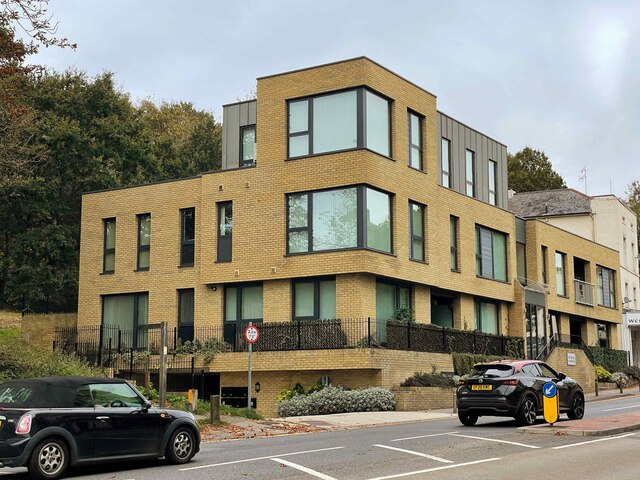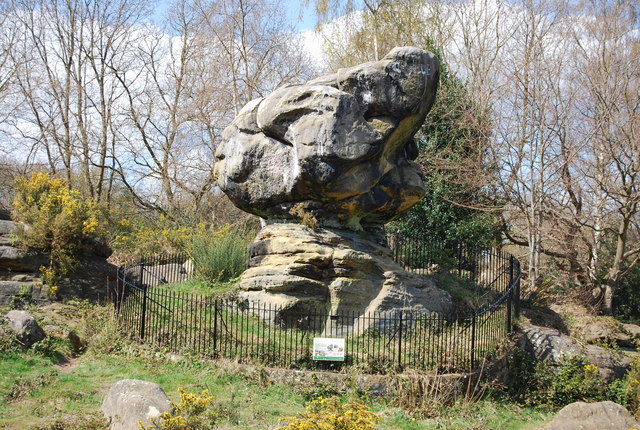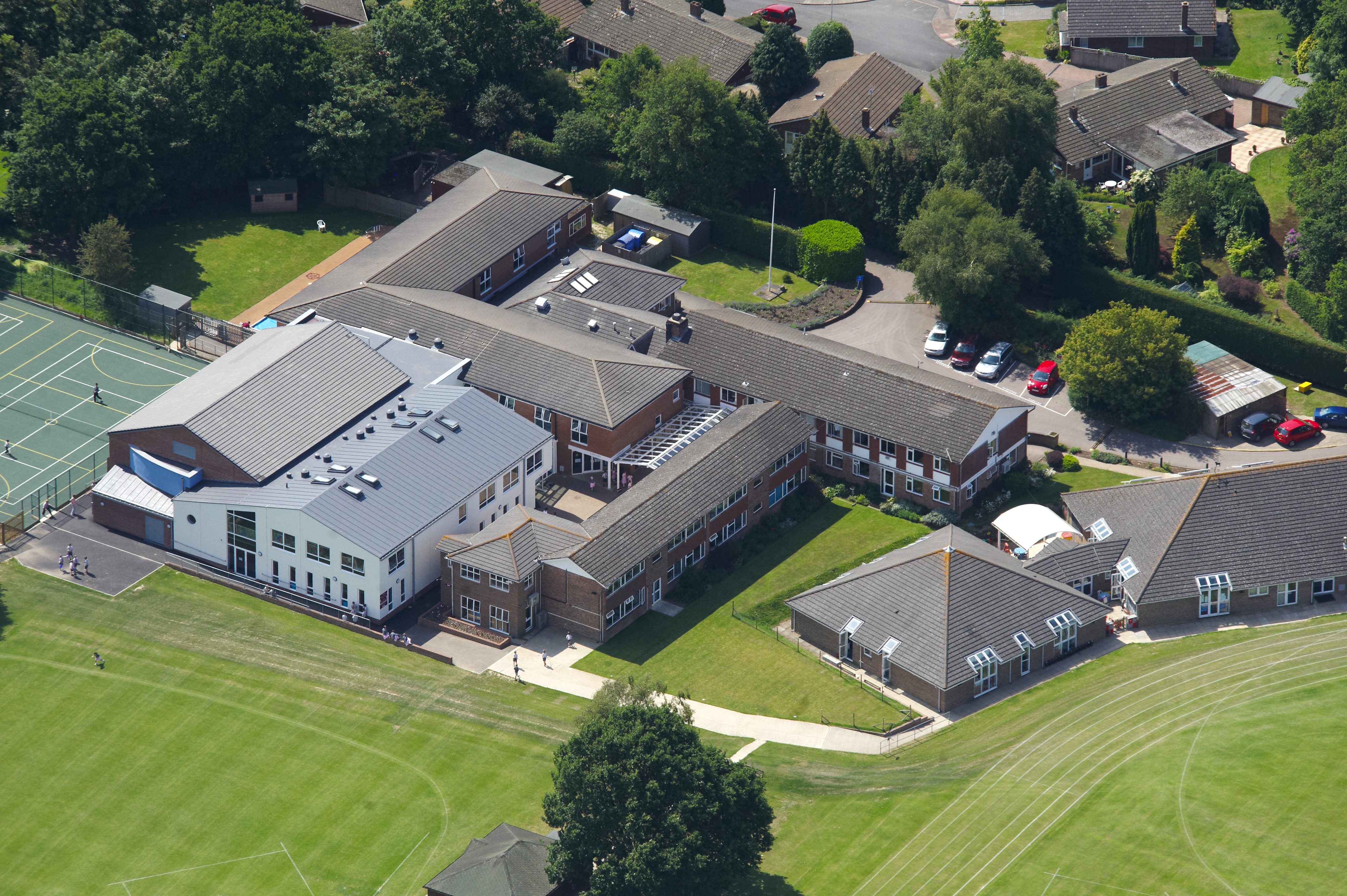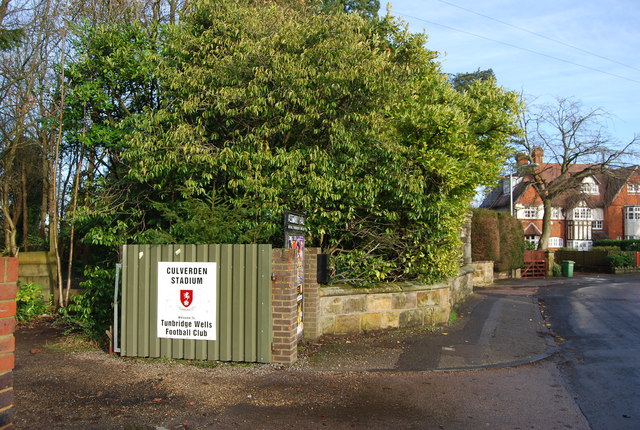Rusthall
Civil Parish in Kent Tunbridge Wells
England
Rusthall
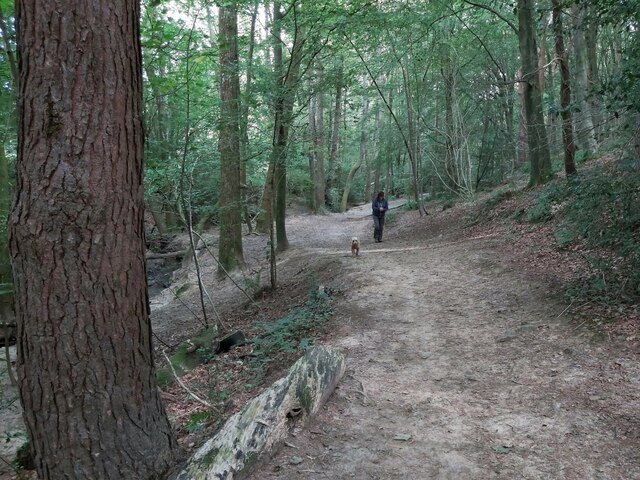
Rusthall is a civil parish located in the county of Kent, in southeastern England. Situated on the outskirts of the town of Tunbridge Wells, Rusthall is a small, picturesque village nestled within the High Weald Area of Outstanding Natural Beauty.
The village is renowned for its stunning natural surroundings, with numerous woodland areas and open green spaces. One of the highlights is Rusthall Common, a large open space with heathland, ponds, and a diverse range of flora and fauna. The common is popular among locals and visitors for walks, picnics, and recreational activities.
Rusthall has a rich history, and evidence of human habitation in the area dates back to the Stone Age. The village itself grew around the Rusthall Manor, a historic building that still stands today. The architecture of the village reflects its long history, with a mix of traditional cottages, Victorian houses, and more modern developments. The village center features a range of amenities, including local shops, cafes, and pubs.
The community in Rusthall is vibrant and close-knit, with various events and activities taking place throughout the year. The village holds an annual summer fair, which attracts both residents and visitors. Additionally, there are several community groups and organizations that cater to different interests and age groups.
Overall, Rusthall offers a peaceful and idyllic setting, combined with easy access to the amenities and services of nearby Tunbridge Wells. Its natural beauty, rich history, and strong community spirit make it a desirable place to live and visit in the heart of Kent.
If you have any feedback on the listing, please let us know in the comments section below.
Rusthall Images
Images are sourced within 2km of 51.136835/0.235228 or Grid Reference TQ5639. Thanks to Geograph Open Source API. All images are credited.





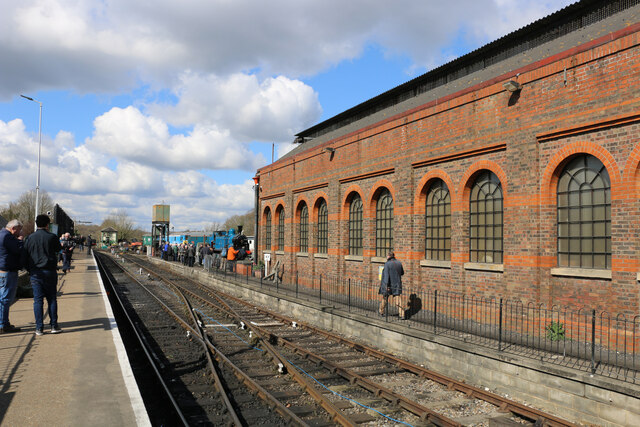
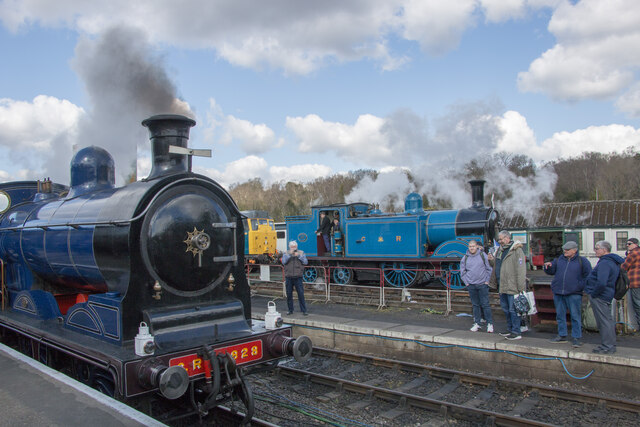
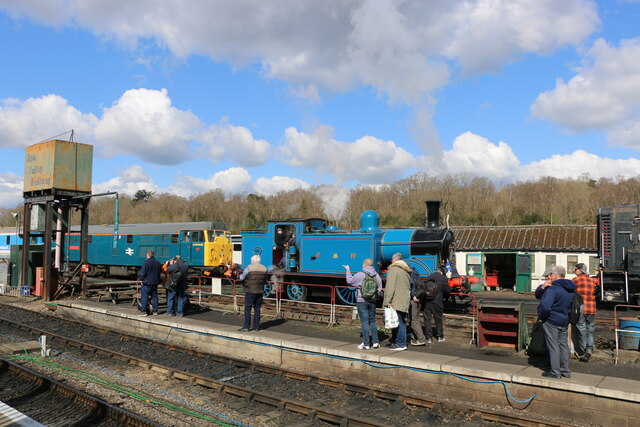
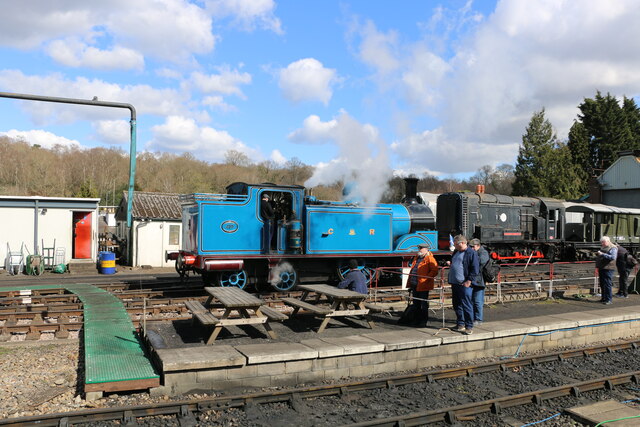
Rusthall is located at Grid Ref: TQ5639 (Lat: 51.136835, Lng: 0.235228)
Administrative County: Kent
District: Tunbridge Wells
Police Authority: Kent
What 3 Words
///grinning.mysteries.purist. Near Rusthall, Kent
Nearby Locations
Related Wikis
Rusthall
Rusthall is a village located approximately 2 miles to the west of the spa town of Tunbridge Wells in Kent. The village grew up around a large property...
Rusthall Common
Rusthall Common is a 2.7-hectare (6.7-acre) geological Site of Special Scientific Interest in Rusthall, a suburb of Tunbridge Wells in Kent. It is a Geological...
St Paul's Church, Rusthall
St Paul's Church is a Church of England parish church in Rusthall, Kent, England. It is a Grade II listed building. == History == St Paul's Church was...
Rusthall F.C.
Rusthall FC is an English football club located in Rusthall, near Royal Tunbridge Wells, in Kent. The club plays in the Southern Counties East League Premier...
Rose Hill School
Rose Hill School is a co-educational preparatory school in Royal Tunbridge Wells, Kent, England. It is a member of the Independent Association of Preparatory...
Bennett Memorial Diocesan School
Bennett Memorial Diocesan School is an all ability co-educational academy in Royal Tunbridge Wells, Kent, England, which caters for students from age 11...
Culverden Stadium
Culverden Stadium is an association football stadium in Royal Tunbridge Wells, Kent, England. It is the home ground of Tunbridge Wells F.C. It has a capacity...
Tunbridge Wells F.C.
Tunbridge Wells Football Club is a football club based in Royal Tunbridge Wells, Kent, England. They are currently members of the Southern Counties East...
Nearby Amenities
Located within 500m of 51.136835,0.235228Have you been to Rusthall?
Leave your review of Rusthall below (or comments, questions and feedback).





